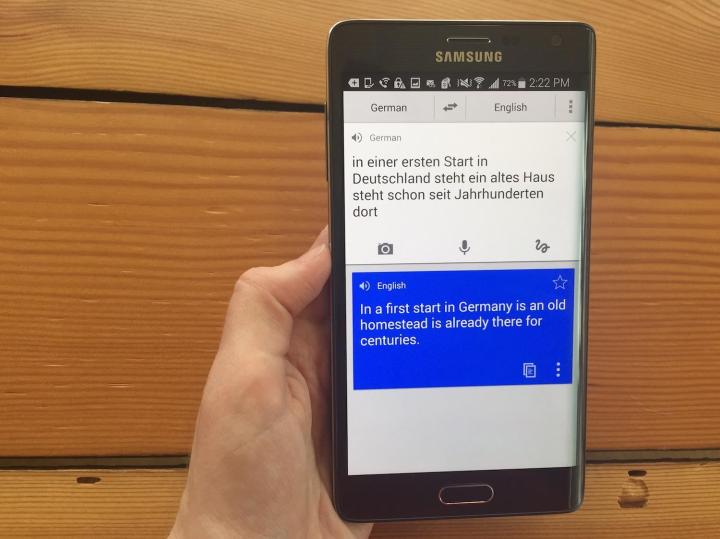
At launch last year, the languages included English, Spanish, Portuguese, French, German, Turkish, Chinese, Japanese, and Korean. But in a blog post on Monday, Google Translate head Barak Turovsky announced the availability of neural machine translation for Hindi, Russian, and Vietnamese, with “many more languages” to come. It will eventually be used in all 103 languages that Google Translate supports.
“With this update, Google Translate is improving more in a single leap than we’ve seen in the last 10 years combined. But this is just the beginning,” said Google in its original blog post. “While we’re starting with eight language pairs within Google Search, the Google Translate app, and website, our goal is to eventually roll neural machine translation out to all 103 languages and surfaces where you can access Google Translate.”

According to Google, the system uses Google’s self-built tensor processor units, or TPUs, which help give the system a processing time that’s three times faster than on a CPU and eight times faster than on a GPU. Turovsky says the company can also use multilingual neural nets for languages that are similar linguistically.
Google has been putting a pretty heavy emphasis on machine learning, and that’s only likely to continue. Just recently, the company launched its new digital assistant, aptly called Google Assistant, which is artificially intelligent and aims to help users with day-to-day tasks in their digital lives — like conducting searches, managing calendars, and so on.
Article originally published in November 2016. Updated on 3-7-2017 by Lulu Chang: Added news of more languages added to neural machine translation capabilities.


